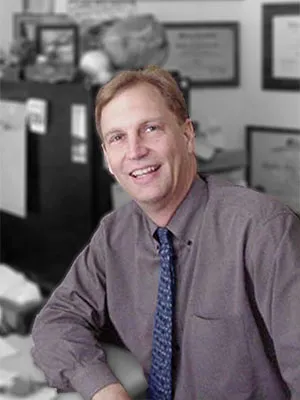
Our Story
If you could describe a Navy SEAL in one word, what would you choose? Fearless, strong, confident, prepared, and deadly come to mind. In the fall of 2014 I had the opportunity to sit down with a Navy SEAL officer and I asked him to describe in one word what being a Navy SEAL means. His answer was pure – adapt. He explained how their training is relentless, unconventional, demanding, and purposeful. They spend countless hours planning until their methods become second nature. However, after preparing and training for a mission, when they’re out in the field, the unexpected happens. When the plan breaks down, they know how to adapt and find a way to complete their mission.
The Navy SEAL echoed the thoughts of Dr. Stephen Typaldos who taught that a provider must have confidence to implement the treatments of the Fascial Distortion Model. They must use force to manually return distorted tissue to a pre-injured setting and they must adapt when there is a bad treatment outcome. This understanding of basic principles of the model combined with having the confidence to adapt to things we may not fully understand, makes its application so powerful.
Through the FDM Dr. Typaldos gave us a lens to view all treatment techniques. You don’t have to forget what you already know. Remember, FDM has been at the forefront of the fascia movement since the early ‘90s. Manual therapists all over the world have learned this model. Our task is to build upon his foundation by providing advanced FDM courses, and making FDM the first thing a healthcare provider, or patient, thinks of when they see a musculoskeletal injury.
As I always say, the Fascial Distortion Model isn’t rocket science, it’s rocket fuel. It fuels curiosity as to what else is possible.
– C. Tyrel Hummel, D.C.
President, Fascial Distortion Model

Dr. Stephen Typaldos, DO
Happy Students
Hours of Classses
What is FDM and Why Should I Learn It?
I’m glad you asked…
FDM stands for the Fascial Distortion Model, developed by Dr. Stephen Typaldos, DO.
It’s called a ‘model’ because it isn’t a technique.
It’s actually a treatment model in which virtually all soft tissue injuries, or musculoskeletal complaints, are viewed through 1 or more of the 6 different types of alterations to the body’s connective tissues.
FDM has no protocols to memorize. Yet, FDM contains a detailed physical assessment, which leads to a specific diagnosis, and provides objective outcomes.
The patient’s verbal and physical descriptions, coupled with the mechanism of injury and relevant orthopedic tests, will lead the practitioner to the proper form of soft tissue treatment.
And for this reason, no other soft tissue approach can reproduce the outcomes repetitively across the board as well as we can!
“This seminar is the best I have taken in years. It is put together well and includes a great depth of practical clinical information. I highly recommend this class to anyone interested in getting their patients well.”
“It’s worth every penny. FDM is easy to understand and even easier to apply all the while giving amazing results.”
“FDM is a simple, logical system for soft tissue injuries that can be applied in the clinic immediately. No protocols to memorize, no differential diagnosis to determine, just patient centered treatment based on symptom presentation.”
Get Started Today!
“no other soft tissue approach can reproduce the outcomes repetitively across the board as well as we can!”

